Arangetram – A beautiful word that literally means ‘Ascending the Stage’
An Arangetram is a mark of an artist’s coming of age in Bharatanatyam. Preceded by years of training and hard work, in the olden times, it is considered to be the first solo performance by the artist.
This solemn event has evolved greatly over the years, with some modifications to suit contemporary dance and art. At Shree Paavitra Arts Academy (SPAA) too, Arangetrams have taken on a new meaning.
Arangetrams have been performed on general songs as well as on specific themes based on the child’s personality and personal background. These themes required completely new compositions which brought in many different elements while keeping the soul intact.
SPAA has been home to 12 Arangetram journeys so far:

Tanvi Yardi (2015)

Samika Joshi (2015)

Avanti Shah – Theme of ‘5 Elements’ (2015)

Naisha Nimkar – Theme of ‘Kanya, The Young Goddess’ (2014)
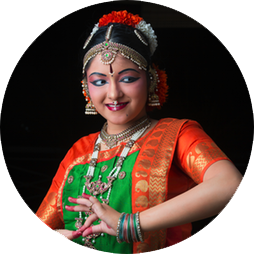
Poojita Sundararajan – Theme of ‘Brahmam – Oneness of the Trinity’ (2011)

Yashaspriya Rathi (2011)
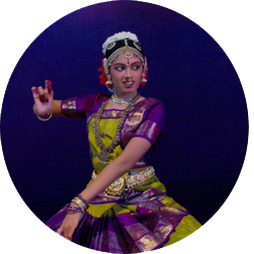
Simran – Theme of ‘Ek Omkar’, (2010)
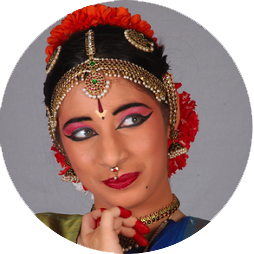
Mallika Srinivasan – Theme of ‘Shakti, Power of the Women’ (2009)
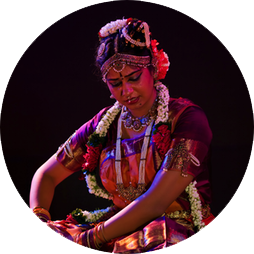
Riddhi Venkat – Theme of ‘5 Elements’ (2009)
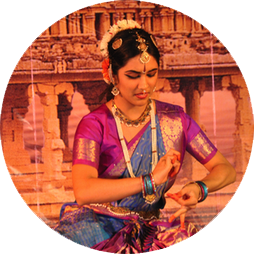
Kritika Seth (2008)

Freyana Tata (2008)
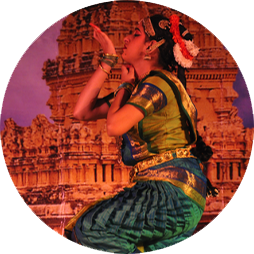
Ayushi Sethi (2005)

Akriti and Arushi Grover (2006)
Aishwarya Padmanabhan (2005)
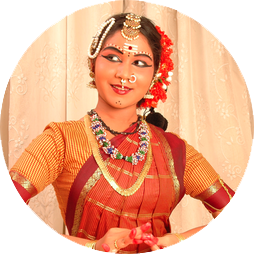
Arshidha Rao (2003)


